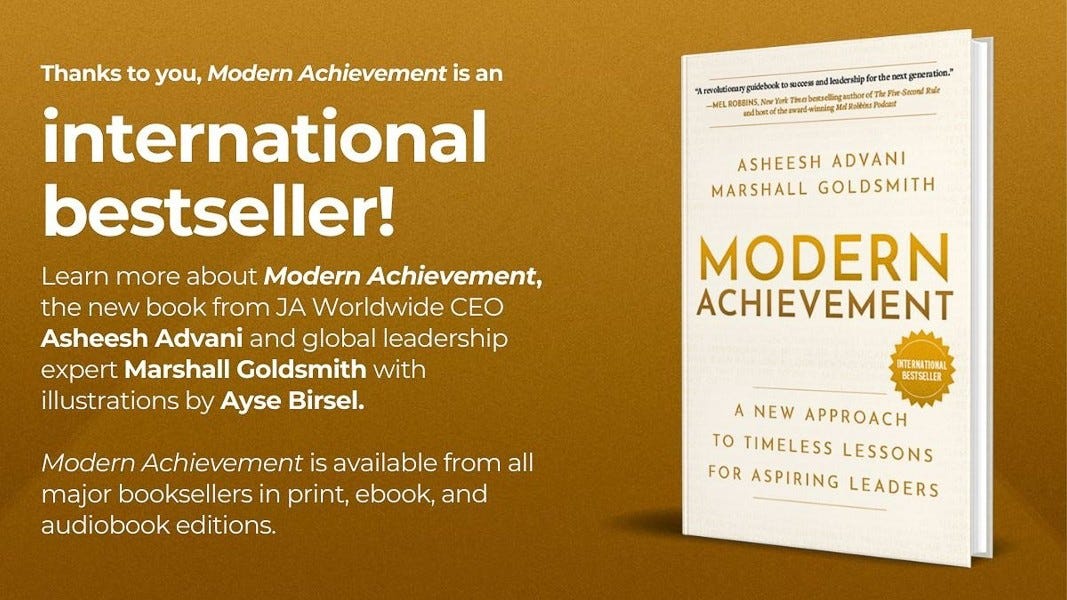Week 24.37 Power of Vulnerability
This week, a series of unexpected interactions with friends and colleagues pushed me into a position of uncharacteristic vulnerability. Rather than retreating to my comfort zone, I chose to expose my inner feelings and invite a conversation that felt risky and uncertain. The result? Surprising insights, strengthened relationships, and a fresh perspective on my situation. I also recently heard a speech from Jon Levy , author of "You're Invited," about the value of imperfection and benevolence in building trust. In fact, a few minor human mistakes are shown to endear us to other people (for example, watch any romantic comedy and you’ll notice a few innocent blunders that characters make). These experiences led me to reflect on the transformative power of vulnerability in leadership. As I delved deeper into this concept, I realized that my fear of being too vulnerable and of making mistakes had been a significant self-limitation. It became clear that embracing vulnerability could create flexibility, foster better communication, and make me more open to change – qualities I've always prized in others.
Often perceived as a weakness, vulnerability is a great strength because it can catalyze growth and connection. When we dare to allow ourselves to be seen – imperfections and all – we create space for authentic interactions and deeper understanding. As leaders, our instinct might be to project an image of unwavering strength and certainty. But being human, admitting that we don’t have all the answers, and asking for help all lead to a more open culture where team members feel safe to take risks and share ideas. It's important to note that leaders must balance vulnerability with discretion; there are times when displaying uncertainty may be counterproductive. Yet, when used judiciously, vulnerability becomes a powerful leadership tool. Consider the last time a leader openly admitted to a mistake or shared a personal challenge. Chances are, this act of vulnerability didn't diminish your respect for them – instead, it likely increased your trust and willingness to engage more openly. By embracing our vulnerability in appropriate contexts, we create a ripple effect that can transform our organizational culture, while still maintaining the necessary authority and confidence expected in leadership roles.
Embracing vulnerability also enhances our adaptability as leaders. When we're open about our uncertainties, we become more receptive to feedback and alternative viewpoints. This flexibility is crucial in today's rapidly changing business landscape. By admitting we don't have all the answers, we encourage collaborative thinking and empower our teams to contribute their unique perspectives. This approach leads to better decision-making and cultivates a sense of shared ownership and engagement among team members. In my own experience, some of the most innovative solutions have emerged when I've been willing to say, "I'm not sure about this – what do you think?" This simple vulnerability opens the door to diverse ideas and creative problem-solving that might otherwise remain untapped.
Perhaps most importantly, vulnerability humanizes us as leaders. It bridges the gap between the idealized version of leadership and the reality of being human. We become more relatable and approachable when we share our challenges and learning experiences. This authenticity can inspire loyalty and motivation in our teams, as they see us not as distant authority figures but as fellow travelers on a journey of growth and improvement. Moreover, by modeling vulnerability, we create a psychologically safe environment where creativity can flourish and individuals feel empowered to bring their whole selves to work (give @Amy Edmonson’s latest book The Right Kind of Wrong a read if you want to understand the connection between psychological safety and growth). This doesn't mean oversharing or neglecting professional boundaries; rather, it's about finding appropriate moments to show our humanity. It might be acknowledging when we're struggling with a decision, sharing a lesson from a past failure, or admitting when we don't have all the answers. These moments of vulnerability can transform our relationships with our teams, fostering a deeper sense of connection and shared purpose.
In life and leadership, the fear of imperfection or making mistakes can be a significant self-limiter. However, embracing vulnerability opens us to new possibilities, deeper connections, and more meaningful growth. For those we lead and love, our willingness to be vulnerable sets a powerful example. It demonstrates that strength lies not in the absence of weakness but in the courage to acknowledge and learn from our imperfections. As we navigate the complexities of leadership, let's remember that our vulnerability can be our greatest asset – a tool for building trust, fostering innovation, and creating environments where everyone can thrive. The next time you find yourself in a situation where you're tempted to hide your uncertainties or doubts, consider taking a risk. Share your thoughts openly, invite others' perspectives, and see how this act of vulnerability might transform the conversation and your relationships. In doing so, you may find that what you once perceived as a weakness becomes your most authentic source of strength and connection.
With love, gratitude and wonder. Scott
Bridging the AI Knowing-Doing-Leading Gap for Executives by Charlene Li
Charlene Li, a expert with extensive experience dating back to the early days of the internet, recently shared insights on the adoption of generative AI among organizational leaders. They observed a consistent pattern: while most executives are aware of AI and have tried it, very few use it daily. This gap between knowledge and implementation is hindering the strategic deployment of AI in many organizations.
She outlines several strategies to bridge this gap and encourage AI adoption among leaders. These include aligning AI initiatives with top strategic objectives, focusing on practical applications rather than general use cases, and providing hands-on experiences with AI tools. Charlene emphasizes the importance of setting up secure AI environments and training top-level executives to use AI effectively. They suggest exercises like content creation, research, and using AI as a thought partner to demonstrate its value. Ultimately, the goal is to help leaders overcome their hesitation and fully embrace AI's transformative potential.
Mentoring May Be as Easy as Holding Up the Mirror by Whitney Johnson
Whitney Johnson recently shared an insightful article about the profound impact of small, often overlooked moments of kindness and mentorship. She recounts the experiences of Jeanette Bennett, CEO of Utah Valley Magazine, who credits two unexpected mentors from her church congregation for shaping her career path. An elderly organist who taught her to play and took an interest in her life, and a gentleman who gave her a business magazine, subtly encouraging her professional aspirations. These seemingly minor interactions left lasting impressions on Bennett, instilling confidence and opening her eyes to future possibilities.
She emphasizes that inspiration often comes from unexpected sources and simple gestures. Whitney reflects on how these experiences mirror her own influential encounter with a respected scholar, highlighting the power of a single encouraging comment. She concludes by advocating for the importance of creating these small but impactful moments for others, suggesting that even a quick text message can make a significant difference in someone's life. The piece serves as a reminder of our collective ability to positively influence others through everyday acts of kindness and recognition.
Modern Achievement is an International Bestseller! by Marshall Goldsmith and Asheesh Advani
Congratulations to my friends Marshall Goldsmith and Asheesh Advani's new book, Modern Achievement, (published by 100 Coaches Publishing) on attaining International bestseller status!!!. The book presents an intriguing perspective on personal change. The argue that our tendency to attempt sweeping transformations often leads to failure, as we become discouraged when results aren't immediate or noticeable. To combat this, Goldsmith introduces "The Wheel of Change," a tool he's utilized across various settings to help individuals identify areas for improvement and preservation in their lives.
The Wheel of Change consists of four quadrants: Creating (positive elements to add), Preserving (positive elements to maintain), Eliminating (negative elements to remove), and Accepting (negative elements to acknowledge). By carefully considering each of these aspects, Goldsmith suggests we can make more targeted, sustainable changes. This approach encourages a balanced view of personal development, recognizing that growth involves not only adding new behaviors but also maintaining beneficial ones and accepting limitations.Illustrations by the marvelous Ayse (Eye-Shay) Birsel












